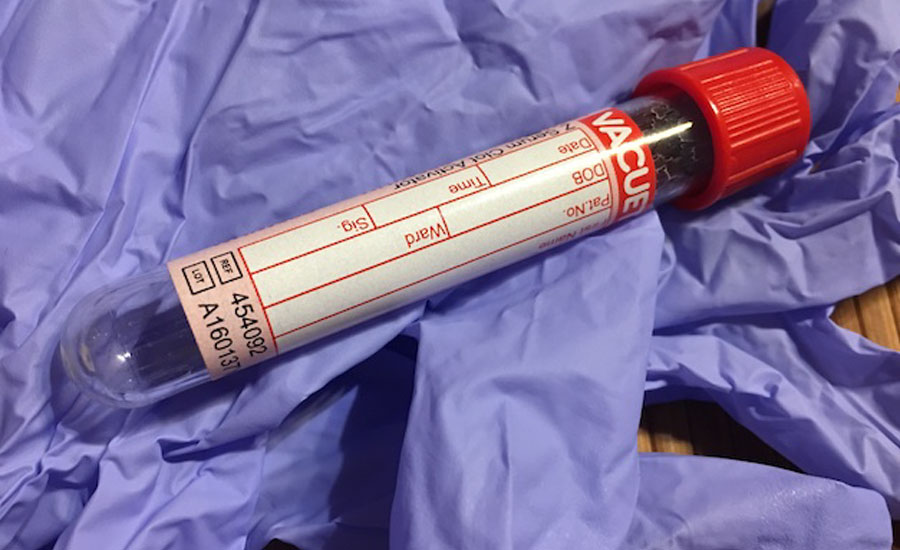
NEW YORK – Wednesday was National Youth HIV and AIDS Awareness Day, and this year the focus is on HIV-related health disparities and barriers to achieving viral suppression.
In 2017, about 87% of the young adult clients in the Ryan White HIV/AIDS Program were from racial or ethnic minority groups, and more than 70% lived at or below poverty level.
But according to Dr. Laura Cheever, physician and associate administrator for the HIV/AIDS Bureau at the U.S. Health Resources and Services Administration, about half of all young people living with HIV in the United States don’t know they’re infected.
She points out there are two critical reasons for young people to get tested.
“People living with HIV need to get onto medication because they can live a near-normal lifespan if they know they have the HIV infection, and second, once they’re on those medications, they have effectively no risk of transmitting HIV to someone else,” says Cheever.
The Ryan White HIV/AIDS Program funds grants to states, cities and community-based organizations to provide HIV care and support services to low-income people.
Cheever notes that there’s been success in reducing the rate of HIV infections among youths in general and especially among young women. But there still are wide disparities in infection rates in minority communities.
“Eighty-one percent of new diagnoses among young people are among men who have sex with men,” says Cheever. “About half of those are among African Americans and about a quarter of those are among Hispanic gay men.”
She attributes those disparities to limited access to medical care and stigmas associated with HIV, being gay, bisexual or transgender in many minority communities.
Though New York has more cases of HIV than any other state, Cheever says strong political and public-health support for efforts to reduce the spread of HIV have made the state a real success story and a model for other states.
“About 86.5% of all clients that have had at least one visit in New York in a Ryan White HIV/AIDS Program are virally suppressed, which means they’re on treatment, they’re taking their medication and they’re doing quite well,” says Cheever.
She adds that we have the tools we need to end the HIV epidemic in this country but more resources are needed to achieve that goal.



Comments are closed.